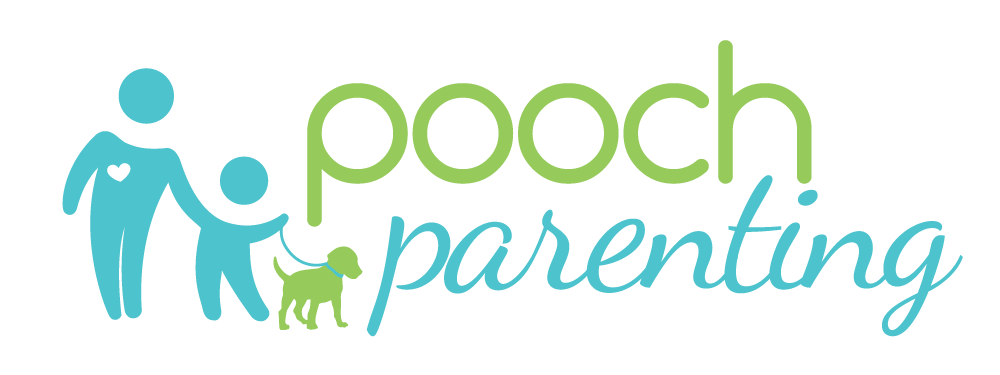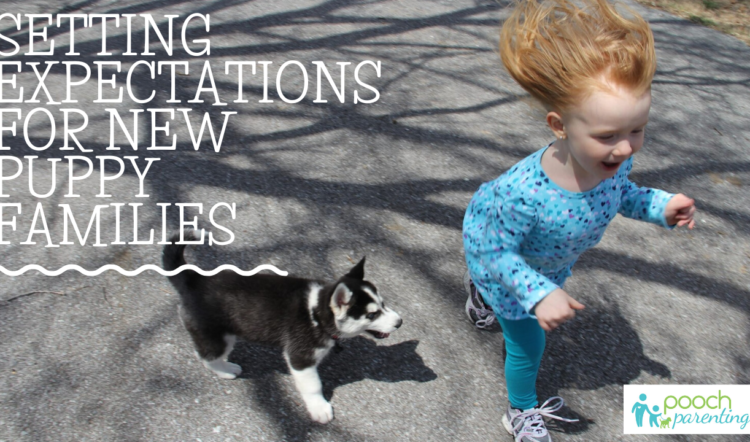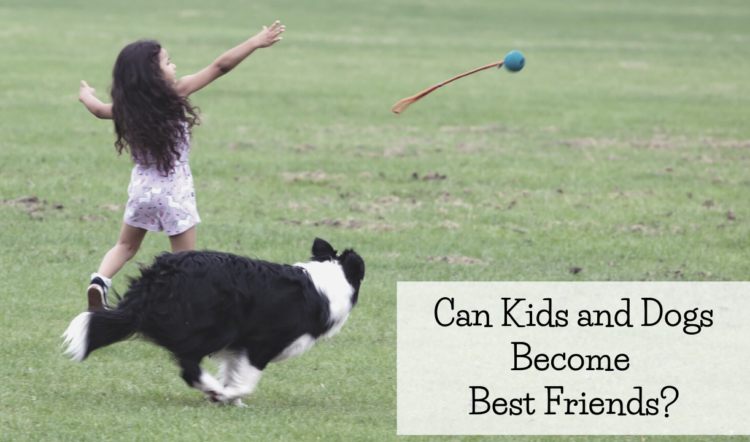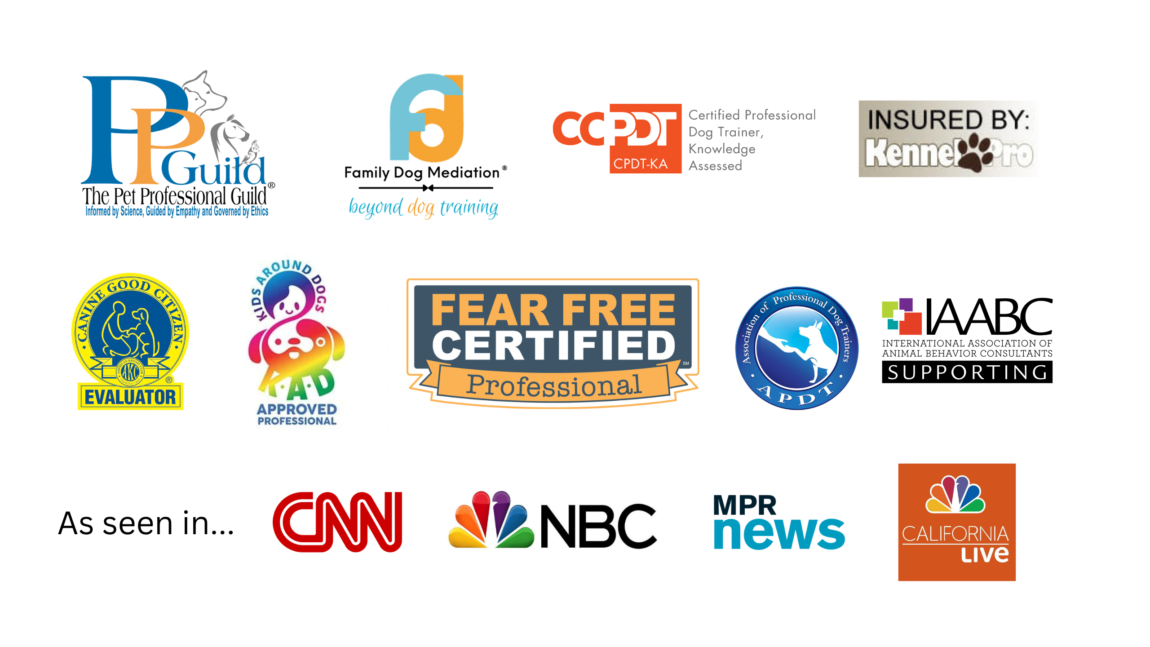The other day, a member of the Pooch Parenting Society sent me a Facebook post from a dog rescue organization about neurodivergent families, and asked for my opinion. She has two special needs kids and had some pretty big feelings about it…and wanted to see if I felt the same. I do.
But before we launch into the content of the post that inspired this podcast episode, I want to start with a brief description of my philosophical stance on the treatment of others. As a positive reinforcement dog trainer, I am not punitive or intimidating in the strategies that I implement with dogs, or their humans. I extend this same philosophy to the people that I interact with on a daily basis. In this industry (and others) as with social media, many people’s first instinct is to bash those whose opinions are different from our own. That’s not my intention with this podcast episode. HOWEVER, when I see unfair treatment or discrimination, I think it’s appropriate to point it out – especially when it has a broad impact.
A Rescue Refuses to Adopt to Neurodivergent Families
The Facebook post that was shared with me was written by the founder of a dog rescue organization and explained the reason behind her policy not to adopt dogs to families who have autistic children. Yes. you heard me right. She has labeled a group of people as a red flag and considers neurodivergent families inappropriate to live with dogs. (I can only imagine what Temple Grandin would have to say about this…)
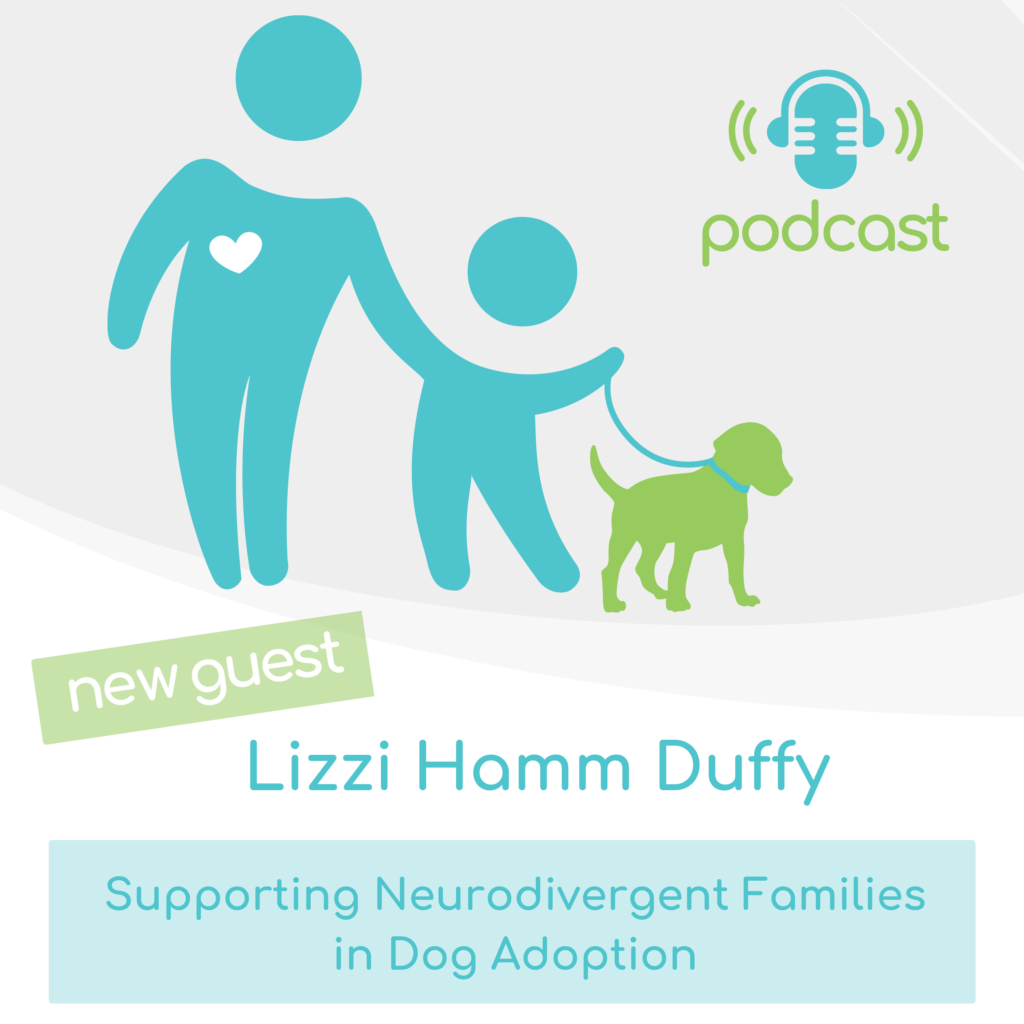
Listen to the episode
Dog Rescue Organizations
Before anyone gets too heated, I want to remind everyone that the majority of people who go into the animal welfare field LOVE animals and want what’s best for them. I worked at our local animal shelter as a volunteer for many years and was even on staff in the behavior department for awhile. I see the heart that goes into the work at shelters. But loving dogs is not an excuse for bigotry. This podcast episode (and article) are intended to offer support and ideas so that neurodivergent families can be successful with dogs.
Family Frustrations in Dog Adoption
As a dog and child specialist, I work with lots of families who have tried and failed to adopt dogs because of their rules not to adopt to families with children under the age of 10. While I may not agree with that policy, it’s a clear policy. It’s a result of a lack of resources to vet parenting and management skills. In my line of work, I see dogs who are uncomfortable living with children WAY more often than children who mistreat dogs. Children are unpredictable and can cause dogs lots of stress, which if not prevented can lead to inappropriate interactions.
My friend Maria recently adopted a puppy from a rescue and she has 2 girls, ages 7 and 9. She tried finding dogs at several organizations who had a blanket policy not to adopt to families with kids before ultimately finding one who they could work with. Maria says, “I think the most frustrating thing was feeling we were being cut off from a potentially great dog simply because of the kids’ ages, with no room for flexibility related to our experience or to the dog’s personality.”
When she finally found a rescue she could work with, she said “They do specify if they believe a dog they are adopting out should be in a child free environment or with older children, just as they might specify if a dog would do best as an only pet or would prefer to have another doggie companion. They seem to have the means and ability to do their due diligence in evaluating each dog before putting them up for adoption. I think having the dogs live with foster families really allows them to get to know the dog in real world situations.”
High Stakes Between Kids and Dogs
Children are vulnerable and can be harmed easily by an excited dog, even just in play. And even the tiniest of bites could cause tremendous damage to a youngster. In previous episodes of this podcast, I have shared stories of babies who were killed by the family dog. And in the Master Course in Aggression in Dogs course that I took from Michael Shikashio, he shared a story of a dog who nipped a child who ultimately died because the dog happened to nick an artery with its tooth. This was a horrible tragedy, but was an accident.
The average pet family does not have a lot of experience truly understanding dog behavior and how they use their bodies to communicate. As a result, it can be difficult to keep everyone safe. The stakes with kids and dogs are high, which is why it’s a field I chose to focus on. Parents need specialized support and resources, which can easily be included in the adoption process with any rescue, shelter or even breeder.
I Know Better Now Than I Did Then
20 years ago, I was totally clueless about what to look for in an adopted dog. I had a 1 year old daughter, and was waiting on the adoption paperwork to go through for my son in Guatemala. I was feeling REALLY maternal and was impatient. So I decided to adopt a dog in the meantime. They didn’t ask me any questions about my daughter or my adoption plans for my son. And I just got really lucky. Hamlet was super chill. He loved my daughter, never interacted with her inappropriately, and was mostly easy to live with (as long as the front door was closed properly.)
As my son started to grow up, it became clear that he was neurodivergent and struggling with some of the emotional baggage that often comes with adoption. He had big feelings. He raged. He tried to break things. But he NEVER turned those feelings on Hamlet. And in fact, Hamlet chose to sleep in my son’s bed. They found comfort in each other.
Bigotry vs. Proactivity
Maybe my own experience as a parent, along with my professional expertise with dogs and children, influenced the big feelings I had when I read the Facebook post. Her policy was formed after two dogs in 22 years were injured by children on the autism spectrum who were having tantrums. (It’s worth noting that I see more negative interactions between dogs and children every single week than she did in 22 years.)
Vivian comments, “I think she has chosen the wrong shortcut. She expresses how hard it is to place dogs appropriately and that she has seen two placements with kids with autism go wrong. But to exclude families with kids with autism is, clearly, not going to ensure that the dog is safe, and deprives another kid of an (appropriately managed and gently taught) awesome relationship with a dog. I would far prefer to see her take an approach like “show me your plan” for any kid, and adjust her expectations for neurodiverse kids. It’s more work, and she needs shortcuts. She would probably be better off with a “no kids” policy, since she clearly isn’t willing to put in the time to discern how a family is managing the kid-dog relationship.”
Getting the Facts Right
The author of the Facebook post in question says, “We have a lovely teacher who volunteers on weekends that specifically works with Autistic children in regular schools. She told me 99% of her Autistic students have outbursts and can be aggressive and violent. ” In a research paper from 2016, however, the statistics are completely different. Prevalence of Aggression in Autism has been studied extensively, but there is not a consensus…. Studies found a range from 9% to 56% Fitzpatrick, S. E., Srivorakiat, L., Wink, L. K., Pedapati, E. V., & Erickson, C. A. (2016). Aggression in autism spectrum disorder: presentation and treatment options. Neuropsychiatric disease and treatment, 12, 1525–1538. https://doi.org/10.2147/NDT.S84585.
Everyone has Tantrums
ALL children can have tantrums. ALL dogs can have tantrums. Both can result from the same categories of triggers, which include: hunger, being tired, being over stimulated and more. This is not an issue reserved for those on the spectrum.
My podcast guest, Elizabeth Hamm is an autistic occupational therapist and is the founder of Minnesota Neurodivergent Education, Advocacy and Therapy Services (MnNEAT). The Mission MnNEAT is to support meaningful inclusion of ND people across the lifespan into the world of their choosing. She says, “It is important to understand that impulse control of emotions and behaviors in humans begins to develop around 3.5 to 4 years of age and continues to develop through our 20’s. Everyone develops at different rates. When we understand human development, we know we need to give additional support to children when interacting with other living things.
One phrase from Dr. Ross Greene helps her reframe the way she looks at children who are struggling–“Kids do well if they can”. If kids are not doing well, we need to figure out what is impacting the child and how to support them better.
4 Ways to Support Neurodivergent Families (and ALL Families)
Lizzie says, “There are 4 areas I believe almost always play a role in a person’s behavior.”
- Personal factors such as physiological and emotional needs, sensory processing, cognition, communication, trauma, physical skills. If a child is struggling with a dog’s barking, it may help to provide them with headphones. If the child does not like the dog licking them or nudging them, we can provide space between the dog and child by physically separating them and only allowing interactions with the child is regulated. At the same time, we can support the dog with providing training to help with these behaviors of the dog.
- The environment which includes other people and animals. we may need to modify spaces within the home to allow both the dog or the child to have space when needed. We may also want to figure out what other environmental factors may be bothering the dog or the child–if bright lights bothers the child, you may dim lights. If the dog is bothered by people walking by the window, you may need to have the curtains pulled.
- The activity itself if we are seeing activities or times of day where the dog or the child is struggling more, we need to see if we can remove expectations, change the activity by simplifying things, or maybe change the time of day the activity occurs.
- Expectations. if the child or dog is struggling with meeting an expectation, change it. For example, if the expectation is that the child goes on a walk with the dog every day, and the dog or the child struggles with anxiety during these walks, you may need to get additional dog training or try a time of day when other dogs/people are not around in order to minimize anxiety.
Lizzie says, “ultimately, it would be great to see rescues providing more education and support to all potential adopters, but I know there are funding issues. However, if you think of the cost of returned pets, injuries, etc, the benefits of providing added support initially, when the people and pet are adjusting to a new routine, (upfront resources and family support) would likely save expenses in the long run.”
Additional resources:
- On-demand workshop: Kid and Dog Relationships
- The Pooch Parenting Society – a supportive membership for parents with dogs
- Choosing a pet for your special needs family
- Did we get the wrong dog for our family?
Do you have a question you’d like me to answer on the Pooch Parenting Podcast?
I love to answer listener questions on the podcast. If you’d like your question answered, please record it (like a voicemail!) here. I’ll do my best to include it in a future episode.
